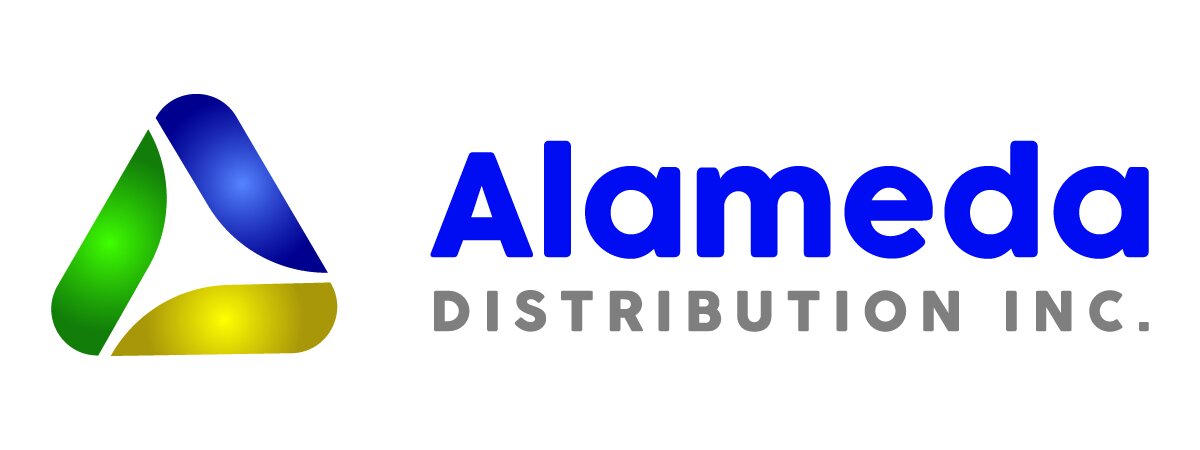10 Common Mistakes to Avoid in Los Angeles Distribution Warehousing
Navigating the intricacies of distribution warehousing in Los Angeles can be a daunting task, but by being aware of common pitfalls, businesses can streamline operations and boost efficiency. Here are key mistakes to avoid to ensure smooth warehousing operations in the bustling LA area.
1. Underestimating the Complexity of Logistics
Many businesses fail to recognize the complexities of logistics in a distribution warehouse, especially in a bustling hub like Los Angeles. It's crucial to develop a comprehensive strategy that addresses all aspects of logistics to avoid operational hiccups.
The logistics landscape in Los Angeles is far from simple. The city is a major gateway for trans-Pacific trade, which means high volumes and complex supply chains. Therefore, adopting a multi-layered approach that includes everything from advanced route planning to efficient transportation management can be a lifeline for businesses.
2. Neglecting Proper Staff Training
Properly trained staff are essential for the efficient running of any warehouse. Investing in regular training sessions ensures that employees are updated with current practices and safety protocols, which can significantly reduce errors and accidents.
In the realm of modern warehousing, continuous training and skill enhancements are not optional, but a necessity. With the rise of automated systems and advanced machinery, even seasoned employees need to keep abreast with the new tools and systems that are being introduced. Leveraging technology aids like online training platforms can facilitate this process effectively, ensuring your workforce is not only competent but confident in executing their roles.
3. Poor Inventory Management
Without efficient inventory management, warehouses can quickly become cluttered and unmanageable. Implementing a robust inventory system can help keep track of stock levels, prevent overstocking, and ensure timely order fulfillment.
Inventory management is the backbone of effective warehousing. It's akin to maintaining a delicate balance; too little stock results in lost sales while too much ties up capital. Utilizing inventory management software solutions can provide real-time data analysis and forecasting, giving businesses the predictive power to strategize their inventory better.
4. Failure to Maintain Equipment
Warehouse machinery requires regular maintenance to function efficiently. Ignoring routine maintenance can lead to equipment breakdowns, costly repairs, and potential downtime, which can disrupt operations.
Regular maintenance isn't just about keeping machines running but also about optimizing longevity and performance. A strategic maintenance plan should include routine check-ups and prioritized repairs, focusing on critical machinery to prevent unexpected downtimes and incurable damages, which can cost more in terms of operational inefficiencies.
5. Inadequate Space Planning
Space is a valuable commodity in Los Angeles. Poor space planning can lead to congestion and inefficient workflows. By optimizing the layout of your warehouse, you can improve accessibility and productivity.
Optimal space planning involves more than just smart shelving arrangements. It's about utilizing vertical space effectively and ensuring easy access to frequently moved items. Implementing modular shelving systems and dynamic storage solutions can significantly enhance the operational efficiency of a warehouse.
Moreover, understanding your warehouse capacities can lead to improved turnover rates and quicker delivery times. Incorporating data-driven software to analyze space utilization can help decision-makers restructure and redesign the warehouse layout towards maximized efficiency.
6. Ignoring Safety Protocols
Safety should be a top priority in any warehouse. Neglecting safety protocols can lead to workplace accidents and legal issues. Regular safety drills and audits are vital to ensuring a safe work environment.
The role of safety in warehousing operations goes beyond compliance, acting as a critical factor affecting employee morale and productivity. Introducing measures such as ergonomic assessments and installing proper safety signage can substantially lower the chance of workplace incidents, ensuring both human and financial resources are safeguarded.
7. Overlooking Technological Advancements
The distribution industry is rapidly evolving, with new technologies available to streamline operations. Failing to leverage these advancements can put your business at a disadvantage compared to competitors.
With innovations like automation, blockchain for track and trace capabilities, and AI for round-the-clock monitoring and analytics, the technology surrounding warehousing is in a constant state of advancement. Staying informed and taking timely action on integrating these technologies can bolster the overall effectiveness of your warehouse strategy.
8. Inaccurate Demand Forecasting
Accurate demand forecasting is crucial to manage supply levels effectively. Misjudging demand can lead to stockouts or overstock situations, affecting customer satisfaction and cash flow.
Harnessing predictive analytics and AI tools can dramatically enhance the accuracy of demand forecasts, taking into account factors from market trends to consumer behaviors and seasonal variations. This not only aids in managing stocks efficiently but also in curating strategic marketing campaigns.
9. Lack of Communication
Clear and effective communication is key to successful warehouse operations. Ensuring that all team members and departments are aligned can prevent misunderstandings and improve overall efficiency.
Regular team meetings and the use of communication tools like messaging platforms can help create transparent and open lines of communication. This enables team members to relay information promptly and resolve issues before they escalate.
Additionally, fostering an inclusive culture where feedback is encouraged can bridge communication gaps, align goals, and lead to innovative solutions, propelling your warehouse to new heights of operational excellence.
10. Ignoring Environmental Regulations
Los Angeles has stringent environmental regulations. Ignoring these can lead to hefty fines and damage to your company's reputation. Staying informed and compliant is essential for smooth operations.
Being environmentally responsible not only aligns your business with regulatory standards but also enhances your brand image. Implementing green practices like waste recycling, reducing carbon footprints, and adopting energy-efficient lighting solutions can transform your warehouse into a more sustainable operation.
Furthermore, compliance with environmental regulations can build consumer trust, showing your buyers that you're committed to reducing your impact on the environment—a move that resonates strongly in today's eco-conscious market.

